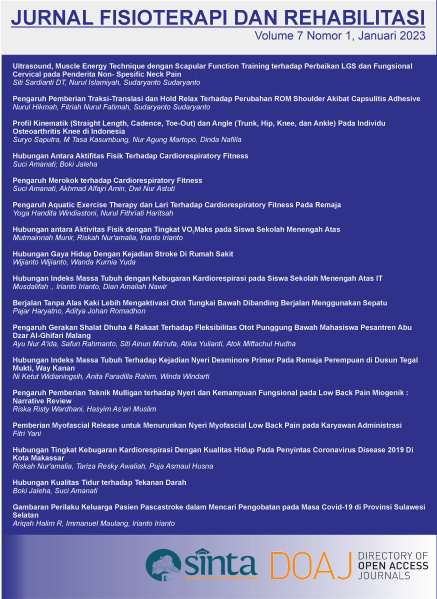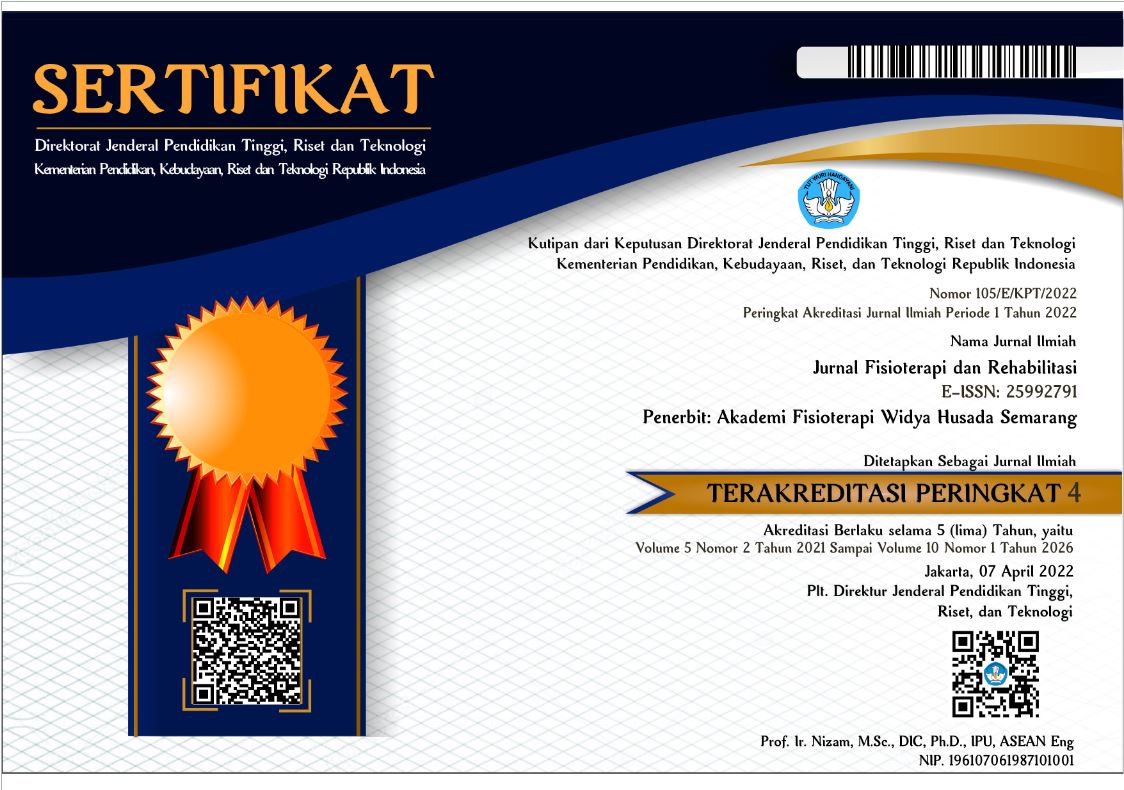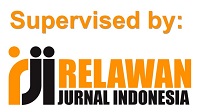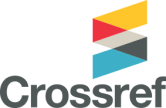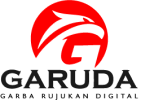Profil Kinematik (Straight Length, Cadence, Toe-Out) dan Angle (Trunk, Hip, Knee, dan Ankle) Pada Individu Osteoarthritis Knee di Indonesia
Kinematic Profile (Straight Length, Cadence, Toe-Out) and Angle (Trunk, Hip, Knee, and Ankle) in Knee Osteoarthritis Individuals in Indonesia
Abstract
Osteoarthritis (OA) knee adalah salah satu penyakit kronis paling umum diderita dan memiliki pengaruh yang besar dalam penurunan kualitas hidup seorang individu. Pada OA knee jika dilihat dari sudut pandang struktural yang paling umum dikeluhkan yaitu nyeri, kaku persendian, berkurangnya propioseptif dan penurunan kekuatan otot. Dalam kajian antalgic gait, kajian kinematik harus menjadi prioritas utama selain pembahasan timbulnya nyeri itu sendiri. Sayangnya, di Indonesia belum ada penelitian tentang profil kinematik pada pasien OA pada orang Indonesia. Parameter yang digunakan selama ini adalah parameter profil kinematik Eropa yang menurut peneliti ada sedikit perbedaan dengan profile orang Indonesia. Sehingga tujuan dari penelitian ini adalah untuk mengkaji pengaruh antara OA knee terhadap perubahan profil kinematik (straight length, cadence dan sudut toe-out) dan mengkaji hubungan efek OA knee terhadap perubahan profile kinematik angle pada (trunk, hip, knee, ankle) saat melakukan gait cycle. Nantinya profile kinematik yang didapatkan akan menjadi parameter normal dalam menentukan program latihan untuk meningkatkan kualitas berjalan pada pasien OA knee di Indonesia. Penelitian ini mengunakan metode penelitian Studi Observasional analitik dengan pendekatan Cross Sectional yaitu dengan menekankan pada waktu penelitian atau observasi data dalam sekali waktu pada variabel bebas dan terikat. Pada parameter spatial-temporal yakni straight length dan cadence, pada individu dengan kondisi OA knee memiliki straight length lebih pendek dibandingkan dengan individu normal dan pada individu dengan kondisi OA knee memiliki cadence lebih sedikit daripada individu yang normal. Pada kinematik trunk angle (hip, knee, ankle) saat berjalan dengan melihat individu OA knee memiliki kemiringan sudut deviasi dibidang frontal pada gerakan side fleksi trunk dan dibidang sagital pada gerakan fleksi trunk yang lebih tinggi dari pada individu dengan kondisi normal. Dari penelitian ini bisa dapat disimpulkan bahwasanya adanya perbedaan profil kinematik antara seseorang dengan kondisi OA knee dengan seseorang yang normal.
Downloads
References
Bytyqi, D., Shabani, B., Lustig, S., Cheze, L., Gjurgjeala, N. K., & Neyret, P. (2014). Gait Knee kinematik alterations in medial osteoarthritis: three-dimensional assessment. 1191–1198. https://doi.org/10.1007/s00264-014-2312-3
Carmona, J. U., & Robles, M. P. (2016). CE Article 1 Pathophysiology of Osteoarthritis. (January 2009).
Condrowati (2015). Analisis pola jalan lanjut usia terhadap risiko jatuh di posyandu lansia wilayah surakarta.eprints.ums.ac.id
Hart, H. F., Collins, N. J., Ackland, D. C., Cowan, S. M., & Crossley, K. M. (2015). Gait characteristics of people with lateral knee osteoarthritis after ACL reconstruction. Medicine and Science in Sports and Exercise, 47(11), 2406–2415. https://doi.org/10.1249/MSS.0000000000000671
Leteneur, S., Gillet, C., Sadeghi, H., Allard, P., & Barbier, F. (2009). Effect of trunk inclination on lower limb joint and lumbar moments in able men during the stance phase of gait. Clinical Biomechanics, 24(2), 190–195. https://doi.org/10.1016/j.clinbiomech.2008.10.00
Liu, Y. H., Wang, T. M., Wei, I. P., Lu, T. W., Hong, S. W., & Kuo, C. C. (2014). Effects of bilateral medial knee osteoarthritis on intra- and inter-limb contributions to body support during gait. Journal of Biomechanics, 47(2), 445–450. https://doi.org/10.1016/j.jbiomech.2013.11.001
Mezghani, N., Billard, D., Ouakrim, Y., Fuentes, A., Hagemeister, N., & De, J. A. (2017). Biomechanical analysis to characterize the impact of Knee osteoarthritis on hip, Knee , and ankle kinematiks. (May). https://doi.org/10.5430/jbei.v3n2p36
Naili, J. E., Esbjörnsson, A. C., Iversen, M. D., Schwartz, M. H., Hedström, M., Häger, C. K., & Broström, E. W. (2017). The impact of symptomatic knee osteoarthritis on overall gait pattern deviations and its association with performance-based measures and patient-reported outcomes. Knee, 24(3), 536–546. https://doi.org/10.1016/j.knee.2017.02.006
Preece, S. J., Algarni, A. S., & Jones, R. K. (2019). Trunk flexion during walking in people with Knee osteoarthritis. Gait and Posture, 72(June), 202–205. https://doi.org/10.1016/j.gaitpost.2019.06.012
Priyanka Rana, Shabnam Joshi, Monika Bodwal. (2016). Quantitative gait Analysis in patients with knee osteoarthritis. Int J Physiother Res;4(5):1684-1688. doi: 10.16965/ijpr.2016.164
Roberts, M., Mongeon, D., & Prince, F. (2017). Biomechanical parameters for gait analysis: a systematic review of healthy human gait. 4. https://doi.org/10.7243/2055-2386-4-6
Sharma, S. K., Yadav, S. L., Singh, U., & Wadhwa, S. (2017). Muscle Activation Profiles and Co- Activation of Quadriceps and Hamstring Muscles around Knee Joint in Indian Primary Osteoarthritis Knee Patients. Journal Pf Clinical and Diagnostic Research, 11(5), 9–14. https://doi.org/10.7860/JCDR/2017/26975.9870
Szucs, K. A., & Brown, E. V. D. (2018). Rater reliability and construct validity of a mobile application for posture analysis. Journal of Physical Therapy Science, 30(1), 31–36. https://doi.org/10.1589/jpts.30.31
Turcot, K., Armand, S., Lübbeke, A., Fritschy, D., Hoffmeyer, P., & Suvà, D. (2013). Does knee alignment influence gait in patients with severe knee osteoarthritis? Clinical Biomechanics, 28(1), 34–39. https://doi.org/10.1016/j.clinbiomech.2012.09.004
Van Emmerik, R. E. A., McDermott, W. J., Haddad, J. M., & Van Wegen, E. E. H. (2005). Age-related changes in upper body adaptation to walking speed in human locomotion. Gait and Posture, 22(3), 233–239. https://doi.org/10.1016/j.gaitpost.2004.09.006
W.F.H. Peter et al. (2018).0020KNGF Guideline. Journal of Physical Therapy, 120(1).
White, D. K., Tudor-locke, C., Zhang, Y., Nevitt, M. C., Lewis, C. E., & Torner, J. (2015). Daily walking and the risk of incident functional limitation in Knee OA: An observational study. 66(9), 1328–1336. https://doi.org/10.1002/acr.22362.Daily
WHO. (2010). 6.12 Osteoarthritis. 12, 6–8.

This work is licensed under a Creative Commons Attribution 4.0 International License.
The use of the article will be governed by the Creative Commons Attribution license as currently displayed on Creative Commons Attribution 4.0 International License.
Author’s Warranties
The author warrants that the article is original, written by stated author(s), has not been published before, contains no unlawful statements, does not infringe the rights of others, is subject to copyright that is vested exclusively in the author and free of any third party rights, and that any necessary written permissions to quote from other sources have been obtained by the author(s).
User Rights
JFR's spirit is to disseminate articles published are as free as possible. Under the Creative Commons license, JFR permits users to copy, distribute, display, and perform the work. Users will also need to attribute authors and JFR on distributing works in the journal.
Rights of Authors
Authors retain all their rights to the published works, such as (but not limited to) the following rights;
- Copyright and other proprietary rights relating to the article, such as patent rights,
- The right to use the substance of the article in own future works, including lectures and books,
- The right to reproduce the article for own purposes,
- The right to self-archive the article
Co-Authorship
If the article was jointly prepared by other authors, any authors submitting the manuscript warrants that he/she has been authorized by all co-authors to be agreed on this copyright and license notice (agreement) on their behalf, and agrees to inform his/her co-authors of the terms of this policy. JFR will not be held liable for anything that may arise due to the author(s) internal dispute. JFR will only communicate with the corresponding author.
Miscellaneous
JFR will publish the article (or have it published) in the journal if the article’s editorial process is successfully completed. JFR's editors may modify the article to a style of punctuation, spelling, capitalization, referencing and usage that deems appropriate. The author acknowledges that the article may be published so that it will be publicly accessible and such access will be free of charge for the readers as mentioned in point 3.

